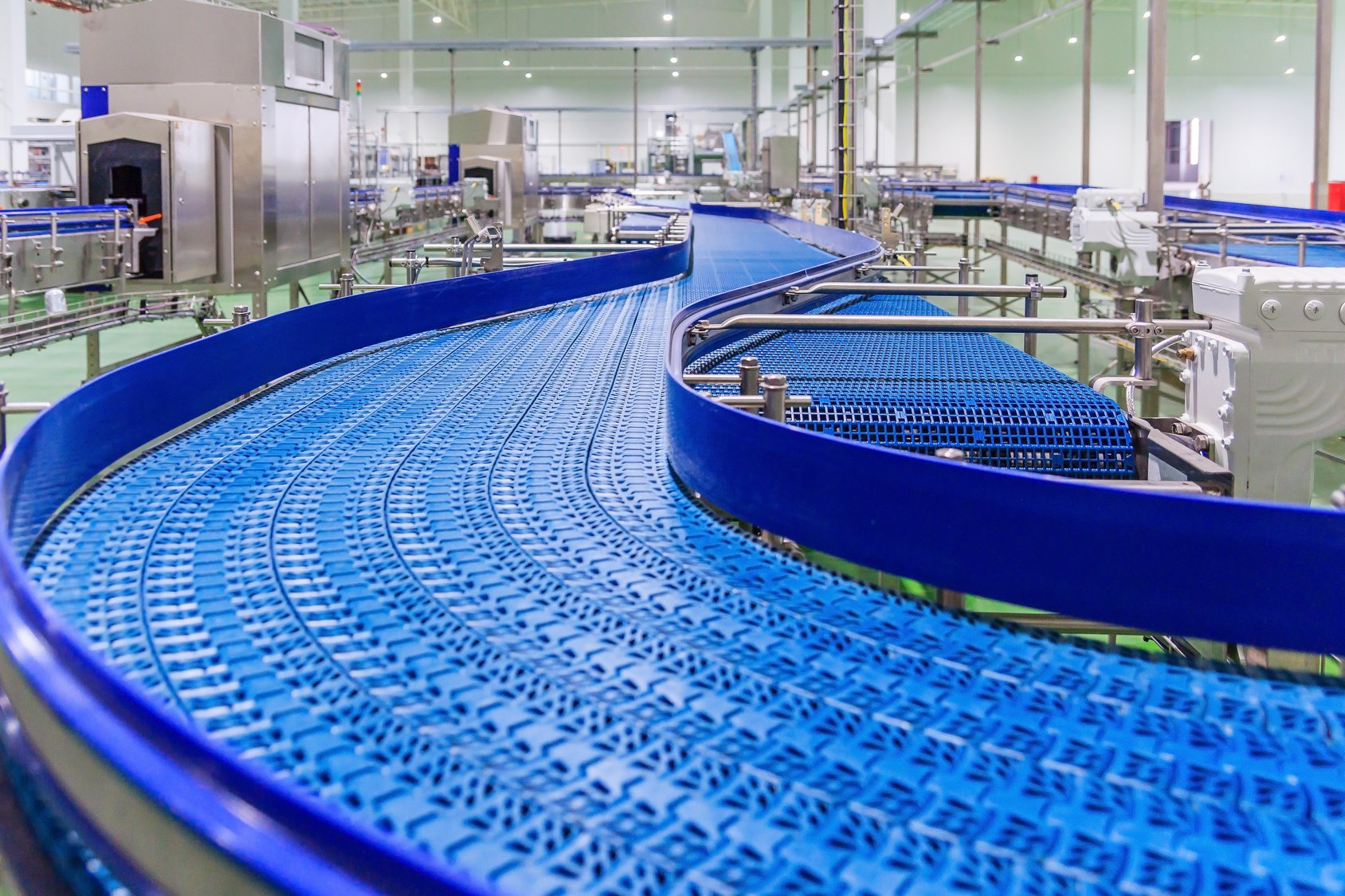 Working toward a quality product
Working toward a quality product
Manufacturing a quality product is at the top of the list for every manufacturer in order to obtain and keep customers. There are quality control measures that a lot of manufacturers use to control their quality, and a few of them are listed below:
1. Corrective Action/Preventative Action (CAPA)
CAPA requests can be initiated from a variety of sources, but typically are as a result of some sort of inspection process. The most common inspections in a manufacturing environment are incoming inspections and in-process inspections. An incoming inspection is when a manufacturer receives material they purchased from a vendor and wants to inspect it prior to adding it to inventory or paying for the material. An in-process inspection is carried out during the manufacturing process and usually happens on the shop floor while material is actually being made.
Inspections in either scenario can be as simple as a visual check, or as complex and precise as requiring some sort of measuring device. When something fails either one of these inspections, the manufacturer creates a nonconformance record of the event. Once the cause of the nonconformance is determined, the next step is to create a corrective action to make sure that the issue doesn’t occur again. If a company has numerous corrective actions, it is typically a sign of a weak process, a weak vendor, or perhaps both. This makes CAPA one of the most effective quality control measures in the manufacturing field.
2. Engineering Changes
In many manufacturing environments, products are engineered before they are made; in some cases (like in an engineer-to-order environment), every time they are made. Once a product is engineered, the theory is that the manufacturing department of the company can execute what has been engineered and, if executed properly, the customer will receive the exact product they want. For all of this to take place, there has to be a lot of collaboration, clear communication, and knowledge to get things right the first time. Whenever a company needs to change how something is made, this process should be controlled so that all stakeholders can approve those changes. Some engineering changes are necessary and good, but if a company is experiencing too many of them, it can represent a big weakness in the up-front collaboration and indicate issues with quality control measures in production.
3. Return Material Authorizations
Return material authorizations are very close to what they sound like: customer returns. If a customer is returning the product, it’s not a good thing. Sometimes these returns are for mistakes like shipping the wrong product or the wrong quantity. But they can also be because the product does not work properly and needs to be repaired, reworked, or both. In any scenario, a high number of return material authorizations represents a weakness in process or product quality.
Infor Quality Management System Demonstration Video
Related: What Do You Get with an Infor Quality Management System?
A quality management solution
Any good manufacturer produces a quality product and keeps their customers happy. Typically, these companies have a culture of quality assurance that permeates the workplace, so a high value is placed on making quality products the first time. All of the processes that lead to high product quality can be managed in Quality Management software solutions. We have a robust solution for Quality Management in all of our ERP offerings, and we even offer a standalone Quality Management solution. Contact us to learn more.








